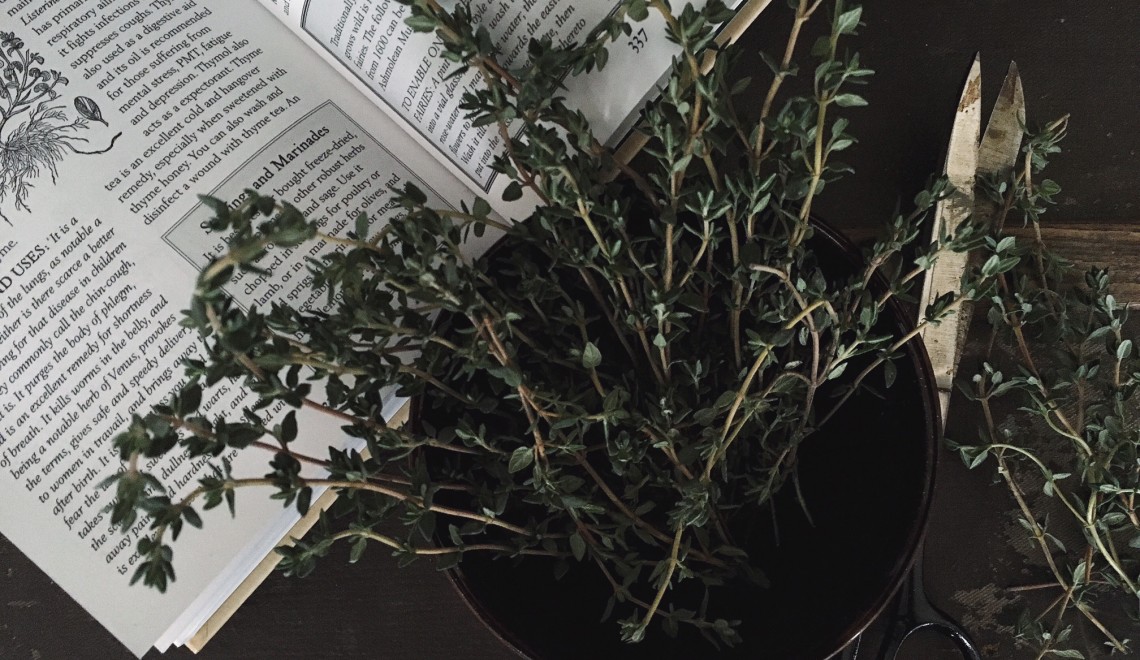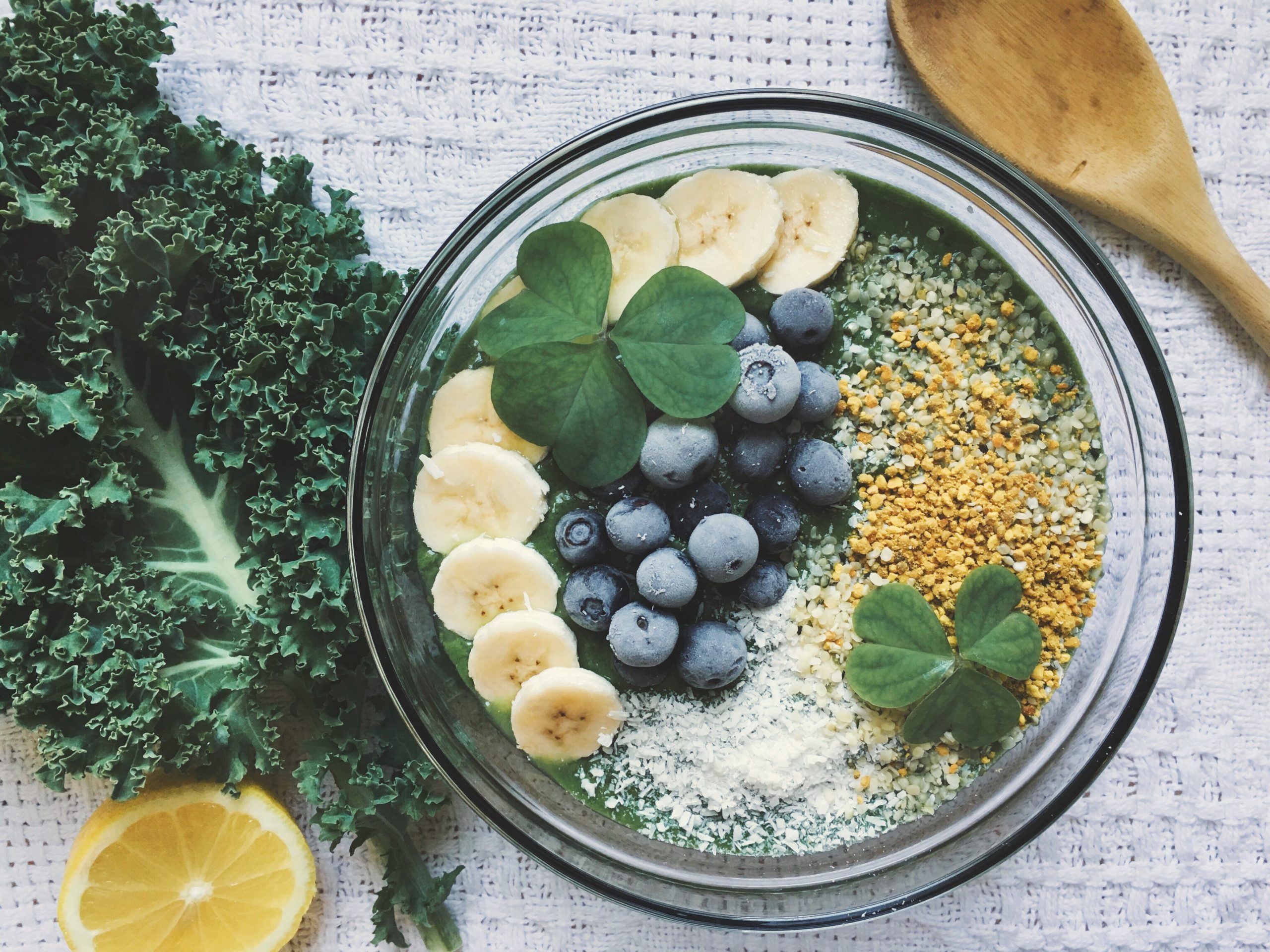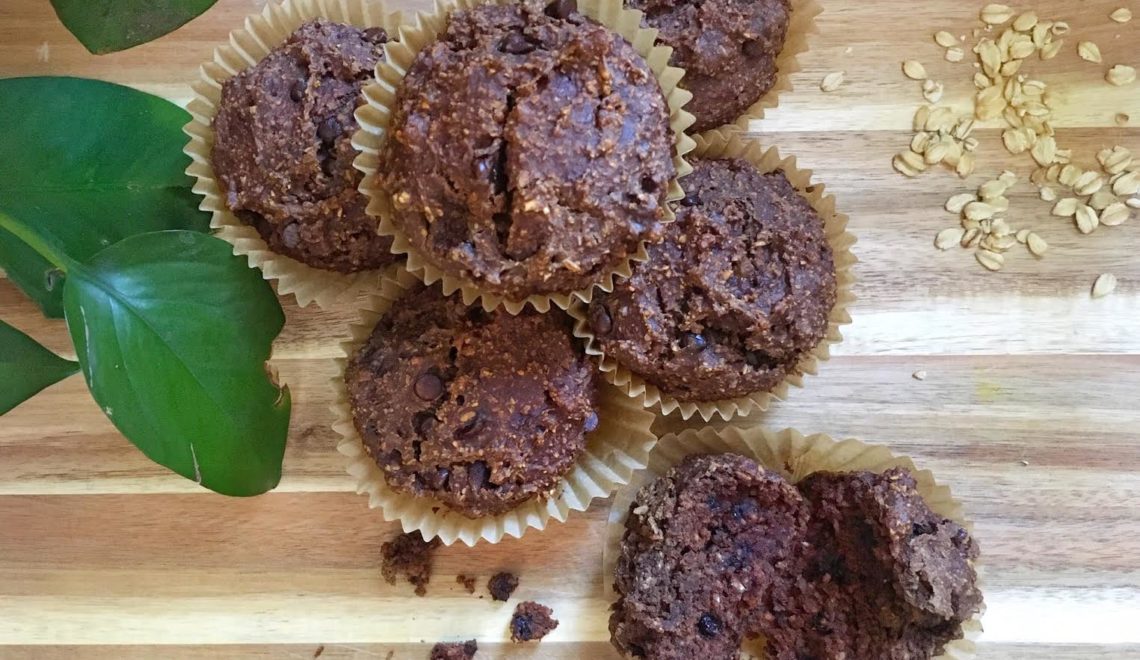Herbs 101: Calendula Officinalis
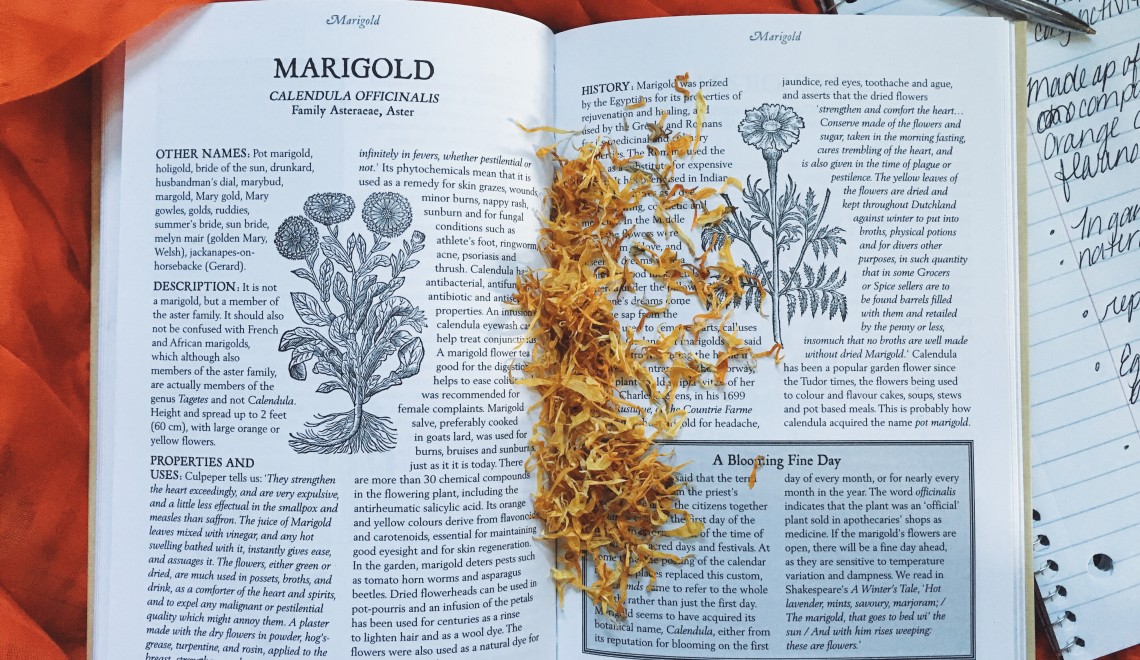
Calendula Officinalis, or Pot Marigold as some of us know it by, is a beautiful golden-orange flower frequenting many of our windowsills and gardens, is representative of both love & luck. This lively flower is useful in countless ways — from deterring garden pests, to nourishing the skin. Calendula dates back to ancient Egyptians, Romans and Greeks and was prized for its healing, medicinal and even culinary benefits. Indian and Arab cultures as well make use of this flower as a dye for food (think butter, flour & cheese), medicine and clothing.
Seasonal soothing: As the seasons change, so does our skin. The cold winter months tend to leave many of us with a dry, bumpy & irritated epidermis. Not a pretty look when we’re starting to slip into our new spring dress or are shopping for a new bathing suit. Luckily, the more than 30 chemical compounds that make up this cheerful flower can be extremely healing & comforting to our chapped skin. Calendula’s bright orange color is derived from the flavonoids and carotenoids in the plant, which give it its vibrancy.
Tip: When purchasing dried calendula flowers or petals, make sure it has retained its sunny orange disposition. This means the flower was dried at full bloom and therefore has retained its medicinal value.
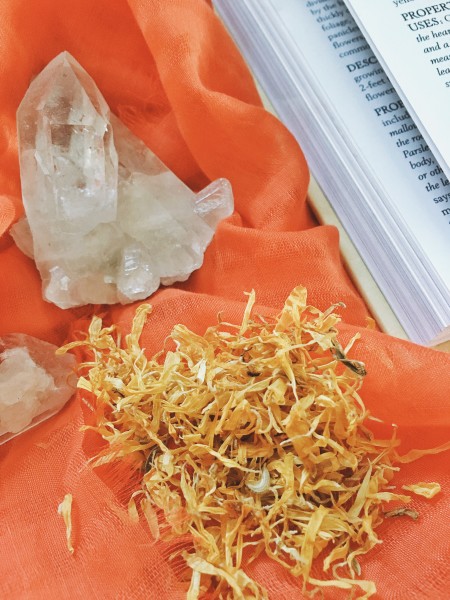
Beauty & Aromatherapy: Since calendula essential oil is often musky and almost spoiled smelling, it is not widely used in aromatherapy; but more so used for its medicinal benefits.
Healing: Salves, balms & washes; this flower does it all. Gentle enough for children, yet powerful enough for adults, calendula has been shown to help in protein metabolism (formation of new skin) in as little as 10-14 days. Its anti-bacterial, anti-fungal, antibiotic & antiseptic properties make it ideal for burns, bruises, rashes & lacerations. For years my go to product whenever I notice an irritated patch of skin that needs some extra attention is Weleda’s Calendula Body Cream. A little goes a long way and it is immediately soothing. If a little whole body TLC is in order, try an herbal tea bath to calm your nerves and pamper your skin.
- Make a medicinal wash or compress by steeping dried calendula flowers for 20 minutes. Strain & add to bath or pat onto the affected area for up to 30 minutes at a time. This simple wash is also great in relieving conjunctivitis in the eyes by soaking a piece of muslin or a washcloth in the solution and laying over closed eyes.
Culinary: Known as “poor man’s saffron” in the culinary world, calendula flowers are used in the kitchen frequently. They add a beautiful & vibrant splash of color to cakes & salads. As well as making its appearance in soups and other pot-based meals.
We’ve already started implementing calendula flowers into some of our upcoming spring & summer recipes and would love to hear some of your favorites!

